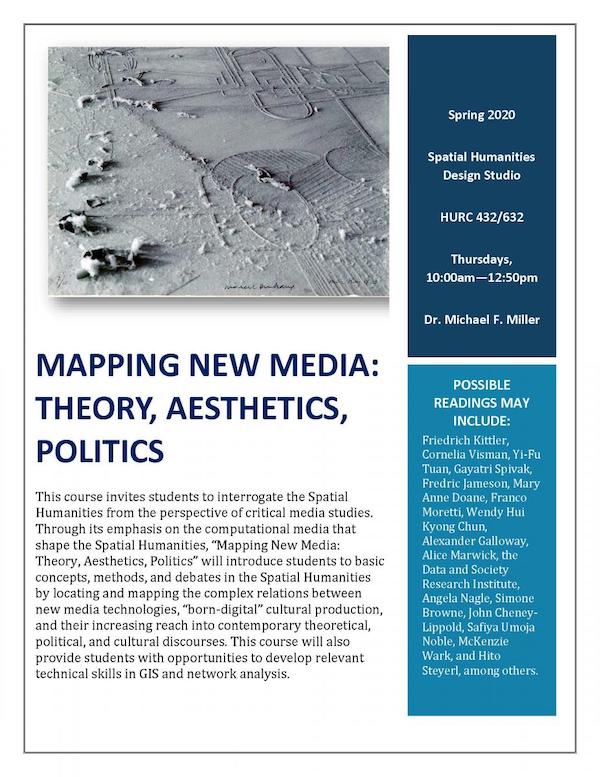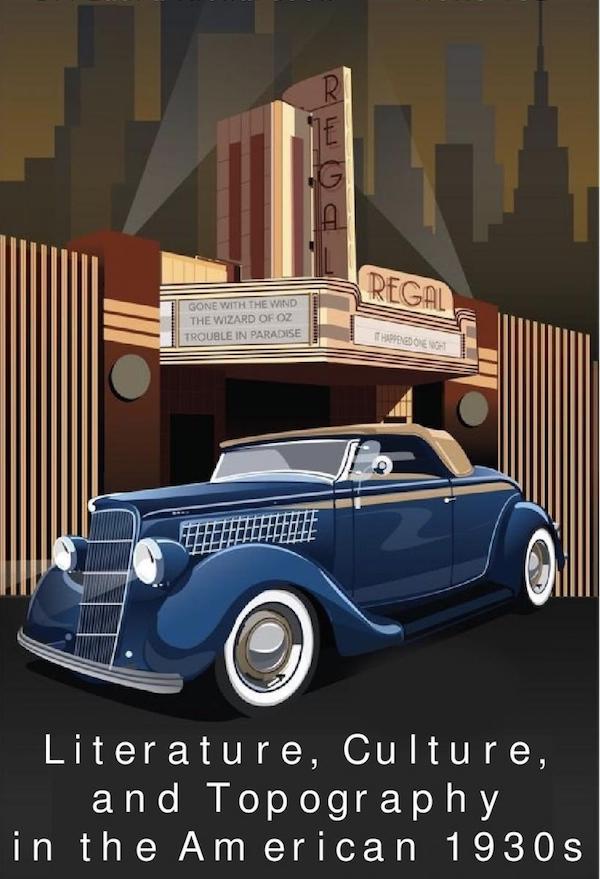In a multi-tiered Humanities ‘Design’ Studio, participants can develop processes for producing imaginative solutions to problems that are complex in form, content, and scale. They can explore questions, assemble information, consult specialists, analyze precedents, test techniques, study contexts, generate insights, imagine new worlds, or consider new forms of communication. Two of these studios will be hosted each academic year and will be competitively-selected, conducted as 3-credit courses, and ‘vertically’ organized to include, ideally, four humanities doctoral students as well as four masters students from the School of Architecture or advanced undergraduate students from any area. This structure will foster mentorship between students by allowing them to share their diverse humanistic knowledge and technical skillsets. Studios will have a budget for materials, software licenses, digital fabrication, graphic design, server space, disk storage, and other costs directly related to the teaching of the studio and to the development of projects within the studio. Studio participants may also enlist the expertise of a GIS Specialist/Developer affiliated with the Initiative who will assist with the visualization needs that projects might require and provide tutorials in GIS applications as needed.
Humanities Design Studios
Spring 2020
Spatial Humanities: Mapping New Media: theory, aesthetics, politics, HURC 432/632
Dr. Michael Miller

This course invites students to interrogate the Spatial Humanities from the perspective of critical media studies. Through its emphasis on the computational media that shape the Spatial Humanities, “Mapping New Media: Theory, Aesthetics, Politics” will introduce students to basic concepts, methods, and debates in the Spatial Humanities by locating and mapping the complex relations between new media technologies, “born-digital” cultural production, and their increasing reach into contemporary theoretical, political, and cultural discourses. This course will also provide students with opportunities to develop relevant technical skills in GIS and network analysis.
Spring 2019
Spatial Humanities: The American 1930s, HURC 432 004 (3 credits)

The American 1930s witnessed a natural and manmade topographical dynamism unmatched by any other modern U.S. decade. What are the connections between a rapidly remolding American landscape and the coevolution of modernist aesthetics in the 1930s? This course encourages students to answer this question from the perspective of a spatial humanist—a scholar who considers the roles of time, place, and landscape in micro-stories of everyday life and the macro-narratives of the broader human condition.
Spatial Humanities: Space/Time/Travel, 1400-1700, HURC 432/632 004 (3 credits)
Dr. Elisabeth Narkin & Dr. Kyle G. Sweeney

This course interrogates the relationship between space and travel in the late medieval and early modern periods. It explores domestic, religious, urban, ceremonial, and natural spaces through the eyes of artists, architects, and ambassadors. Students learn to digitize historical data, map spatial networks in ArcGIS, and georeference historical images.
